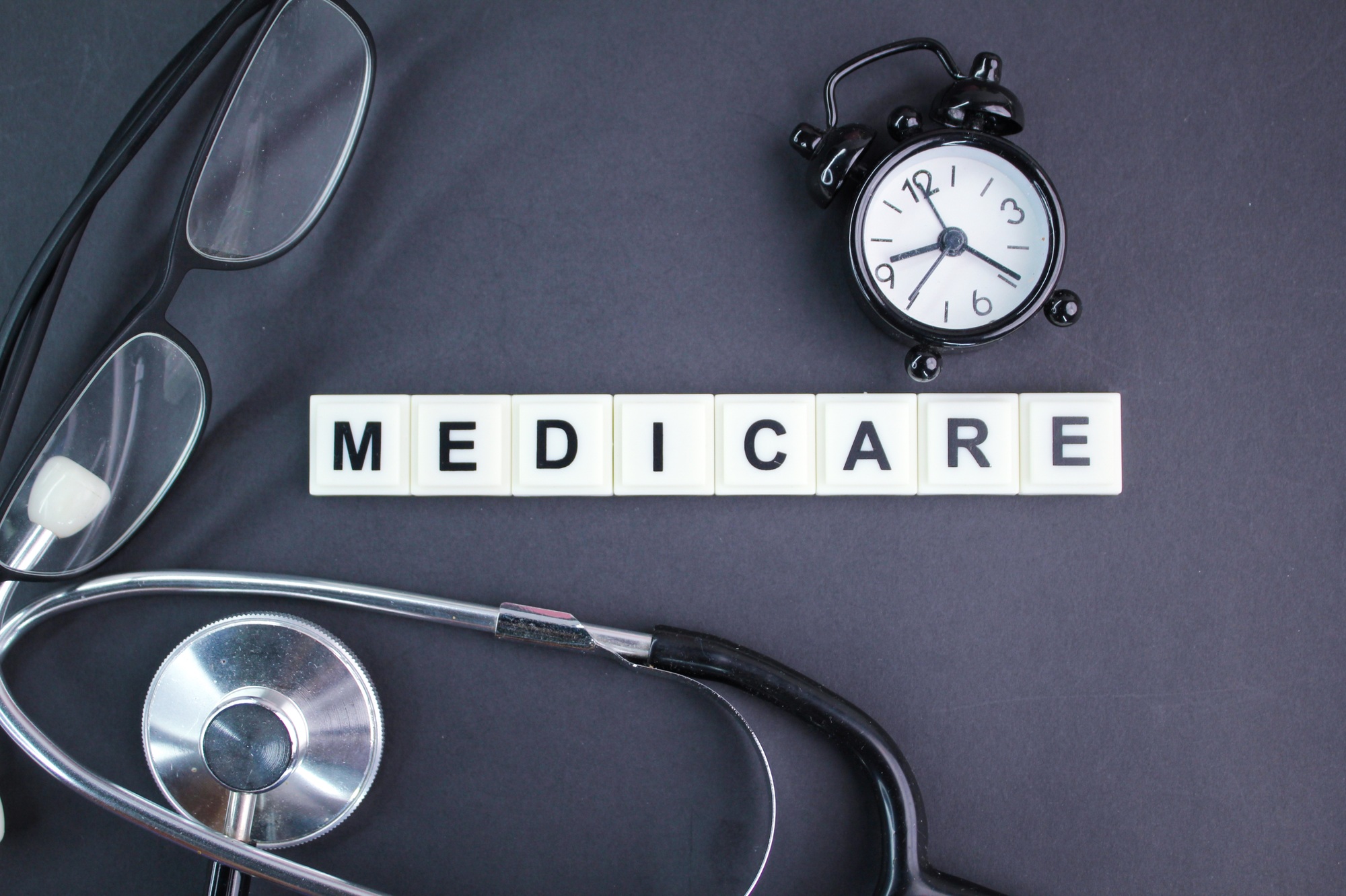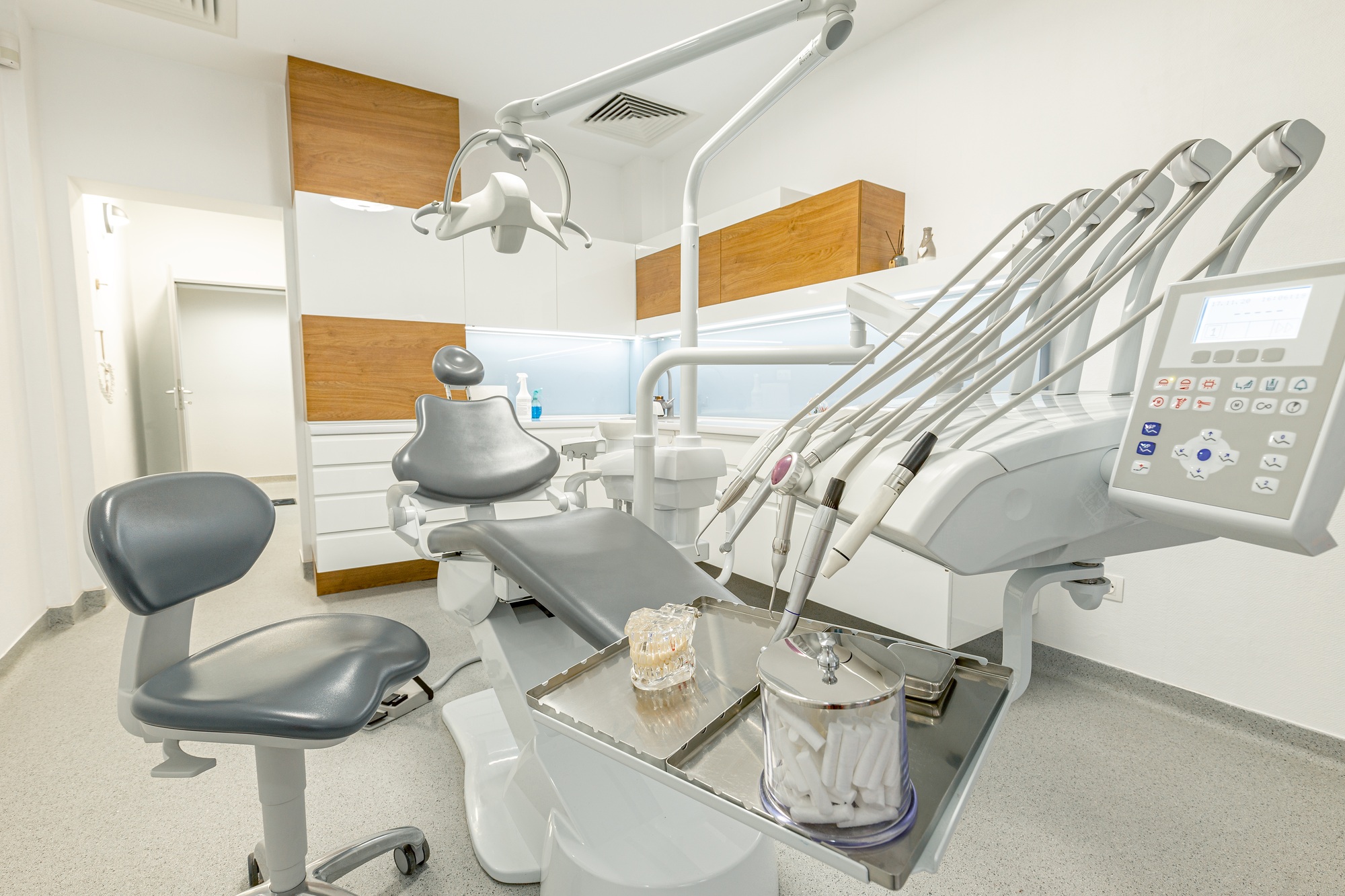
iHealthBrokers | Medicare
What is Medicare, and what is Medigap? These are two of the most common questions we are asked daily, so we decided to dedicate an entire page to what is Medicare and Medigap trivia question. While both Medicare and Medigap are very in-depth, this page should give you a broad understanding of how to discern one from the other and see if they apply to you. You can always call us with questions at (888) 918-0518. We’re here to help!
The government provides Medicare Part A and B. Your Part A is paid for through 40 quarters of Medicare taxes while working, and Part B is paid monthly once you enroll in Medicare. For most people, as of 2022, the Part B premium is $170.10. However, it is based on your income. Medicare Part A and B by themselves leave you with many gaps in coverage, so using them alone isn’t a great idea.
So, what is Medigap? A Medigap plan fills the gaps in Part A and B. For most people, the best Medigap plan (Plan F) runs between $125 to $165 at age 65, depending on where in the country you live. Plan F fills all of the gaps in coverage (Prescriptions aside, that’s Part D, below). However, around here, we are big fans of Plan G, the second-best plan. More on that later.
Medicare is Health Insurance for:
Usually, you don’t pay a monthly premium for Part A coverage if you or your spouse paid Medicare taxes while working. This is sometimes called premium-free Part A. If you aren’t eligible for premium-free Part A, you may be able to buy Part A and pay a premium.
Most people pay the standard monthly Part B premium. Note: You may want to get coverage that fills gaps in Original Medicare coverage. You can choose to buy a Medicare Supplement Insurance (Medigap) policy from a private company.
We have a great article about Medicare Advantage vs. Medigap and how to choose.
Note: If you have limited income and resources, you may qualify for help paying for your health care and prescription drug costs. For more information, visit socialsecurity.gov, call Social Security at 1-800-772-1213, or contact your local State Medical Assistance (Medicaid) office.
Medicaid is a joint federal and state program that helps with medical costs for some people with limited income and resources. Medicaid may also cover services not usually covered by Medicare (like long-term supports and services and personal care services). Each state has different rules about eligibility and applying for Medicaid. If you qualify for Medicaid in your form, you automatically qualify for Extra Help paying your Medicare prescription drug coverage (Part D).
You may be eligible for Medicaid if you have limited income and are any of these:
In many states, more parents and other adults can get coverage now. If you were turned down in the past, you can try again and may qualify now.
When you enroll, you can get the health care benefits you need, like:
You should apply for Medicaid if you or someone in your family needs health care. If you aren’t sure whether you qualify, a qualified caseworker in your state can look at your situation. Contact your local or state Medicaid office to see if you are eligible and apply. To get information about your state’s Medicaid program, visit HealthCare.gov/do-i-qualify-for-medicaid.
DUAL ELIGIBILITY – Some eligible people for both Medicare and Medicaid are called “dual eligibles.” If you have Medicare and full Medicaid coverage, most of your health care costs are likely covered. You can get your Medicare coverage through Original Medicare or a Medicare Advantage Plan (like an HMO or PPO). Medicare covers your Part D prescription drugs if you have Medicare and full Medicaid. Medicaid may still cover some drugs and other care that Medicare doesn’t cover.










Insurance sold on iHealthBrokers.com is processed through the licensed entity: Smedley Insurance Group, Inc.
We may not offer every Medicare plan available in your area. Any information we provide is limited to those plans we do offer in your area.
Please contact Medicare.gov or 1-800-MEDICARE to get information on all of your options.
We are not connected with or endorsed by the United States government or the federal Medicare program.